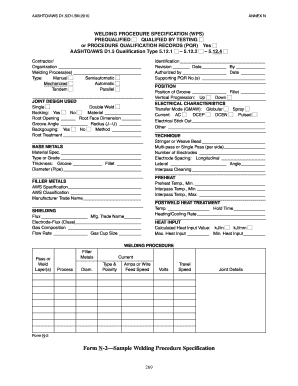
Time to expiration should be entered as % of year between the moment of pricing (now) and expiration of the option. If you are pricing an option on securities other than stocks, you may enter the second country interest rate (for FX options) or convenience yield (for commodities) here. If the underlying stock doesn’t pay any dividend, enter zero. Interest rate does not affect the resulting option price very much in the low interest environment that we’ve had in the recent years, but it can become very important when rates are higher (for more details on the effect of interest rates on option prices see the option rho tutorial).ĭividend yield should also be entered in % p.a., continuously compounded. You can interpolate the yield curve to get the interest rate for your exact time to expiration. The interest rate’s tenor (time to maturity) should match the time to expiration of the option you are pricing. Risk-free interest rate should be entered in % p.a., continuously compounded. The important thing here is to enter it in the correct format, which is % p.a. Being able to estimate (= predict) volatility with more success than other people is the hard part and key factor determining success or failure in option trading. It is your job to decide how high volatility you expect and what number to enter – neither the Black-Scholes model, nor this page will tell you how high volatility to expect with your particular option (for more on that, see the volatility tutorials, particularly historical and implied volatility). Volatility is the most difficult parameter to estimate (all the other parameters are more or less given).

Enter it also in dollars per share (it must have same units as underlying price, also with the same contract or lot multipliers). If you need more explanation, see: Strike vs.

Strike price, also called exercise price, is the price at which you will buy (if call) or sell (if put) the underlying security if you choose to exercise the option. Enter it in dollars (or euros/yen/pound etc.) per share. Underlying price is the price at which the underlying security is trading on the market at the moment you are doing the option pricing.

Q = continuously compounded dividend yield (% p.a.) R = continuously compounded risk-free interest rate (% p.a.) When pricing a particular option, you will have to enter all the parameters in these cells in the correct format. First you need to design six cells for the six Black-Scholes parameters.


 0 kommentar(er)
0 kommentar(er)
